New Forest Pannage Season Extension 2025
A case of strangles has been confirmed in a pony from the Bartley area. …
We will be updating the News periodically with updates and information of key events and documentation that is relevant to the key stakeholders with the New Forest.
A case of strangles has been confirmed in a pony from the Bartley area. …
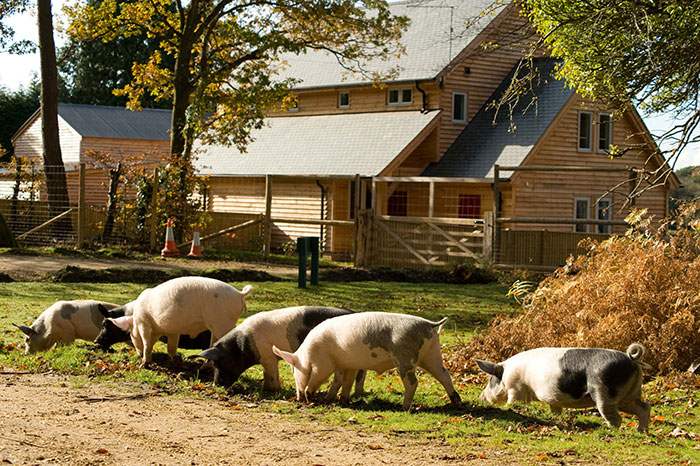
New Forest Pony Drifys info for September… …
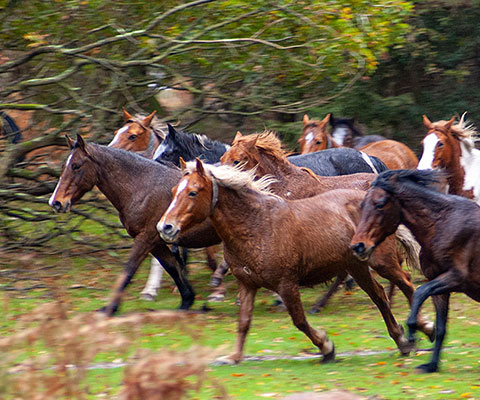
New Forest Pony Drifys info for September… …

FOUND in the north of the Forest – a white horned ram. …

New Forest Pony Drifts, information for August…

The Verderers Hall will be open to the public between 11am and 3pm on……

To report Road Traffic Accidents involving Forest stock (ponies, cattle, pigs, sheep and donkeys) – ring the Police on 999.
Road traffic accidents 0300 067 4600
Incidents involving Deer, Wild Camping, BBQs & camp fires, Fly Tipping, Off-road vehicles and Un-authorised access to land.
Report to Forestry England 0300 067 4600
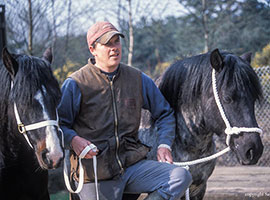
Commoning in the New Forest refers to the traditional practice where local people, known as “commoners,” have the legal right to use the land for specific purposes, such as grazing their livestock or collecting resources. This centuries-old system is central to the cultural and ecological fabric of the New Forest.
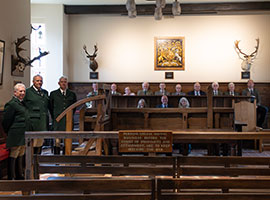
The Verderers of the New Forest are an ancient and unique governing body responsible for protecting and managing the traditional rights, landscape, and ecology of the New Forest in southern England. They play a central role in overseeing commoning practices
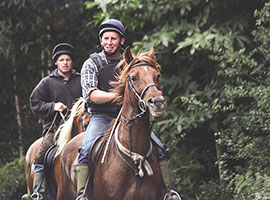
An Agister in the New Forest is an official responsible for managing the welfare of livestock grazing on the open forest. They play a key role in supporting the traditional practice of commoning and ensuring the well-being of the animals that roam freely within the forest boundaries.
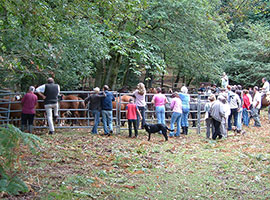
The Verderers publish regular announcements that include, protecting communing rights, managing livestock, conservation and environmental issues, resolving disputes, education and monitoring developments with the New Forest.